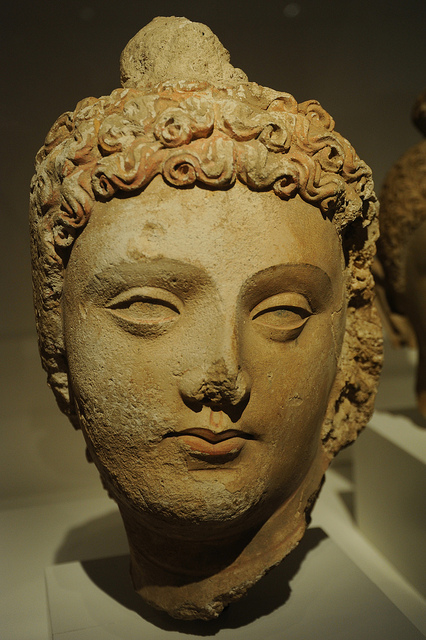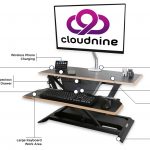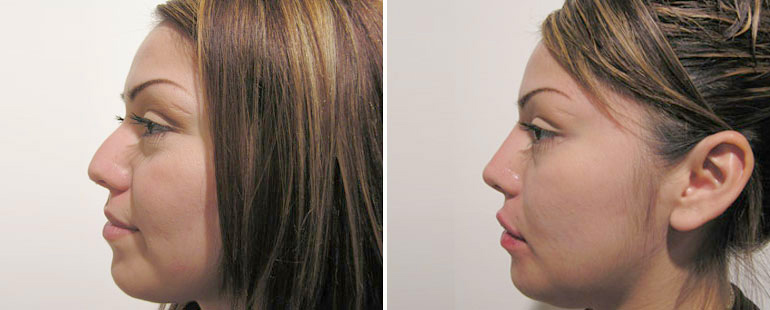About Rhinoplasty
However, many people like you undergo this procedure daily. Have you looked into what a nose job can do for you? Will your medical insurance lower or cover the cost? Discover four interesting attributes about rhinoplasty that you can add to your knowledge base.
Saves Lives Often
Did you know that rhinoplasty could save your life? This method of facial surgery assists patients suffering from breathing impairments caused by displaced septums, nasal obstructions, or trauma. If you decide to have a rhinoplasty procedure, your quality of life could be enhanced in more ways than one.
It’s Ancient History

The first rhinoplasty procedures date back to the sixth century B.C. According to historian Elizabeth Haiken’s book “Venus Envy: A History of Cosmetic Surgery,” a new nose could be crafted from someone’s cheek skin in India during that time. Nasal surgery’s popularity in the Western world didn’t occur until the late 16th century when social diseases caused soft-tissue erosion. This erosion led to noses being increased, not reduced, in size with surgery. Doctors were building up the tip of a nose instead of taking a bit off the top.
(Not) As Plain As the Nose on Your Face
Rhinoplasty for a female differs from the procedure on a male. Board-certified cosmetic plastic surgeons such as Dr. Carlo Honrado of Los Angeles, California, have the artful skills needed to shape facial features such as the nose.
You surgeon will discuss the angle and the slope which is unique to your gender during your consultation. Or perhaps you are seeking a nose that is typically associated with the opposite gender. Either way, you can plan the personalized experience that you want at your first visit. Your face’s composition must also be at its skeletal maturity, a stage which typically occurs around age 14 or 15.
Small Downtime Before Showtime
The recovery time for a rhinoplasty is short. Skin sutures and splints should stay in place for typically five to seven days. Rhinoplasty has become so advanced that most incisions are microscopic, and internal sutures evaporate naturally. Some swelling and pain will linger, but you can go back to work in about a week. Have you accrued a week of vacation or more at work? You may want to consider scheduling a rhinoplasty during that time to allow yourself proper time for healing.
Surgical procedures involve serious decision making. Be sure that you have all the facts before you begin the process. The American Academy of Facial Plastic and Reconstructive Surgery (AAFPRS) reports that about 500,000 people annually seek counsel for rhinoplasty procedures. The central location of your nose affects your entire facial makeup, so any alterations to it will change this overall composition.
Whether you wish to secure a healthier lifestyle or simply want a new appearance, your mental well-being is a factor as well. Educate yourself on rhinoplasty so that you can be fully ready to make an informed decision.
















